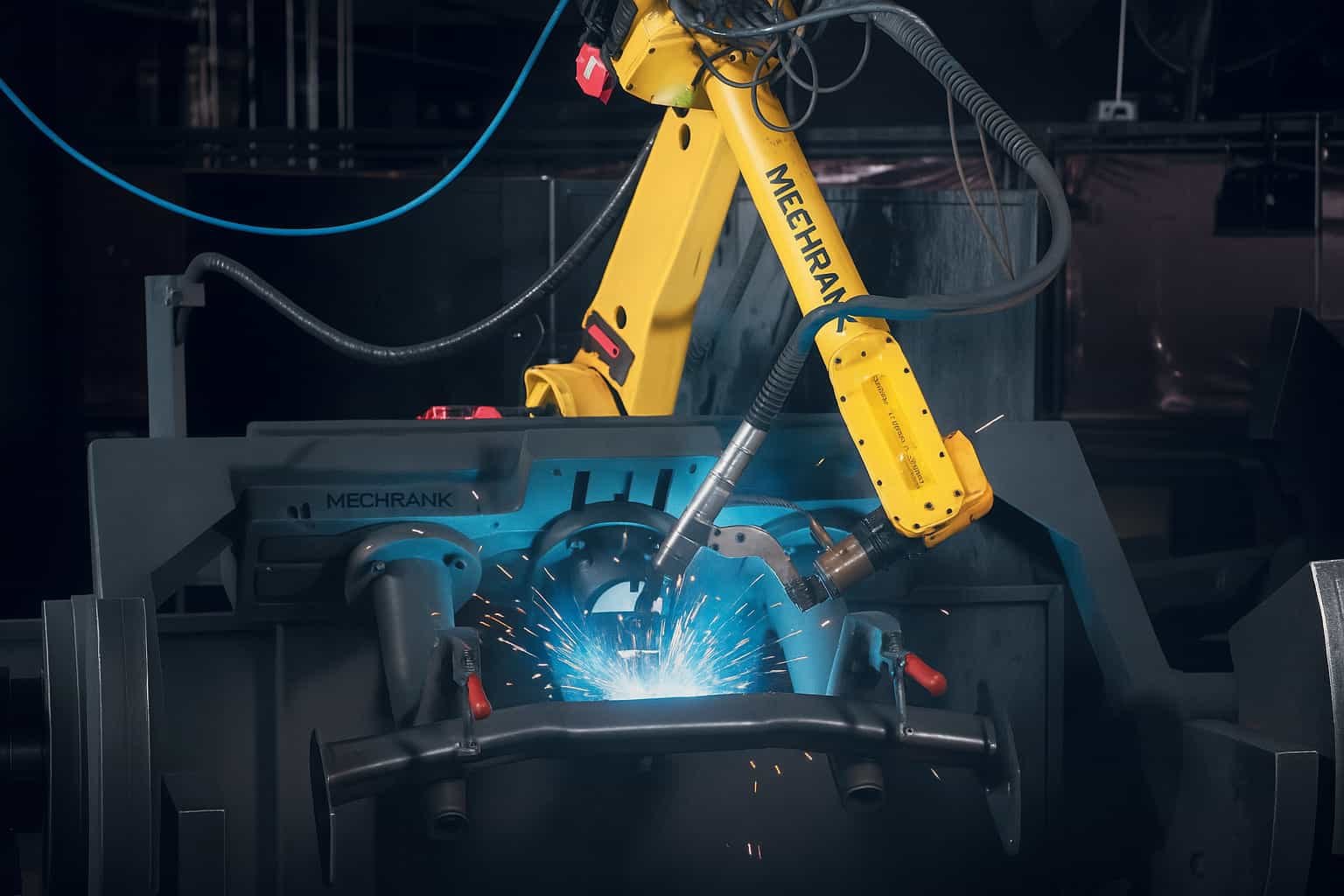What is a Laser Welding Machine?
A laser welding machine is a device that uses a high-energy laser beam to join materials, typically metals or thermoplastics, with precision and minimal heat distortion. It is widely used in industries such as automotive, aerospace, and electronics.
Key Features of Laser Welding Machines:
- Precision: Laser welding offers high accuracy, allowing for fine control over the welding process.
- Speed: The process is fast, making it suitable for high-volume production.
- Minimal Distortion: The localized heat application reduces warping and thermal damage to the materials.
- Automation: Many laser welding machines can be integrated into automated manufacturing systems.
Working Principle:
- Laser Generation: A laser source generates a focused beam of light.
- Beam Delivery: The laser beam is directed to the welding area via mirrors or fiber optics.
- Material Interaction: The laser beam melts the material, forming a weld pool.
- Solidification: The molten material cools and solidifies to create a strong joint.
Laser welding machines are essential for precision manufacturing and are valued for their efficiency and reliability.
How Does Laser Welding Machine Work?
A laser welding machine uses a focused laser beam to join metal or thermoplastic materials by melting and fusing them together. This process ensures high precision and minimal thermal distortion.
Key Components and Processes:
- Laser Source: Generates a high-intensity laser beam, typically via fiber, CO2, or Nd:YAG lasers.
- Focusing Optics: Concentrates the laser beam onto a small, precise spot on the material.
- Workpiece Positioning: The machine accurately positions the materials to be welded.
- Melting and Fusion: The intense heat from the laser melts the material, creating a molten pool.
- Cooling and Solidification: The molten material cools quickly, solidifying to form a strong weld.
Advantages:
- Precision: High accuracy suitable for intricate designs.
- Speed: Faster welding compared to traditional methods.
- Strength: Produces strong and clean welds with minimal defects.
Laser welding machines are widely used in industries like automotive, aerospace, and electronics due to their efficiency and high-quality output.
What is Laser Welding used for?
Laser welding is primarily used for joining metals and thermoplastics with high precision. It is widely applied in industries such as automotive, aerospace, electronics, and medical devices due to its ability to create strong, clean welds with minimal thermal distortion.
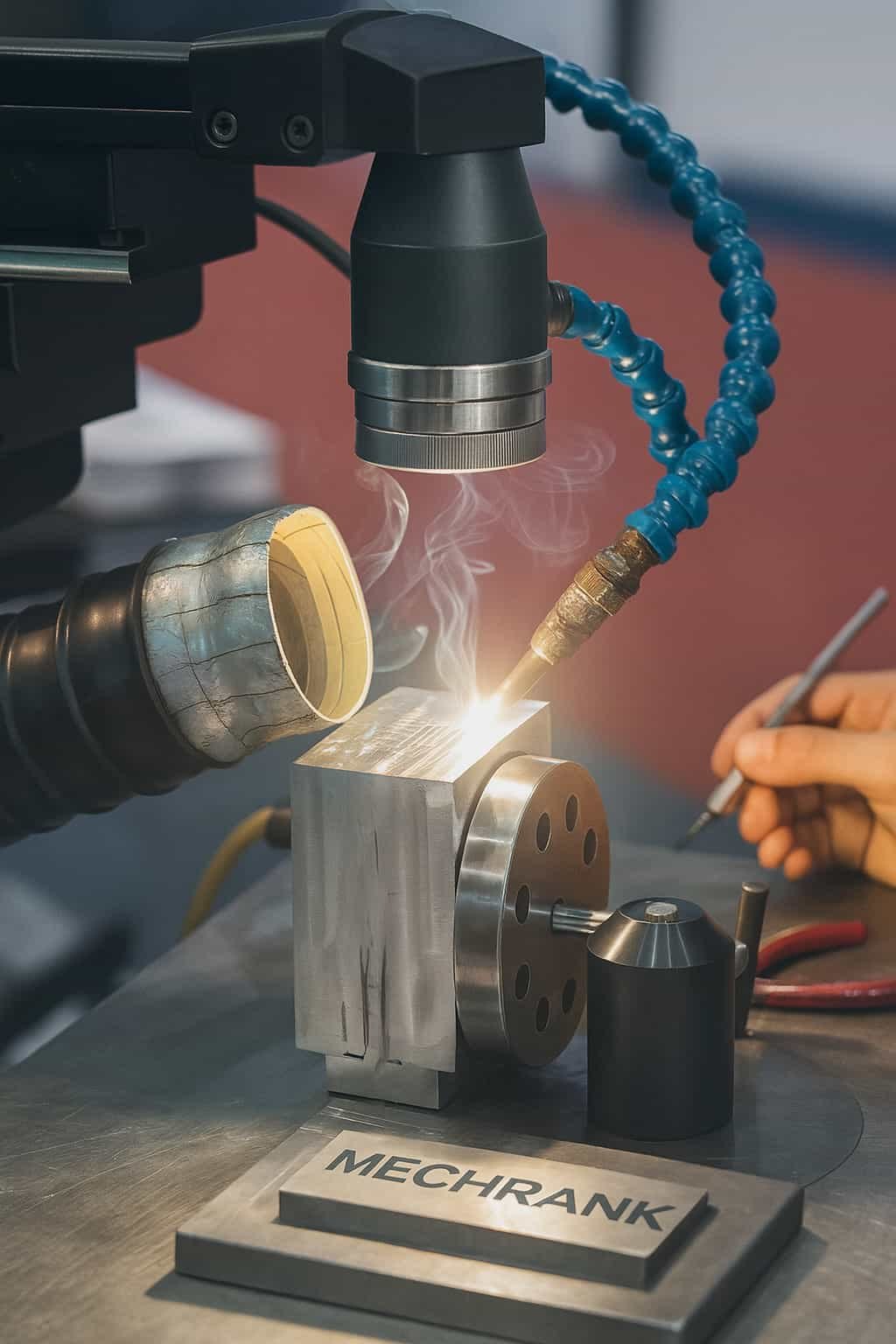
Key Applications of Laser Welding:
- Automotive Industry: Used for manufacturing car bodies, engine parts, and gear components.
- Aerospace Industry: Critical for the construction of lightweight and durable aircraft parts.
- Electronics: Essential for creating micro-welds in circuit boards and connecting small electrical components.
- Medical Devices: Used in the production of medical instruments, implants, and surgical tools.
Advantages:
- Precision: Allows for exact control over the welding process.
- Speed: Faster than traditional welding methods.
- Quality: Produces clean joints with minimal defects.
Laser welding’s versatility and efficiency make it a preferred method for high-quality, high-precision manufacturing processes.
What is the difference between laser welding and normal welding?
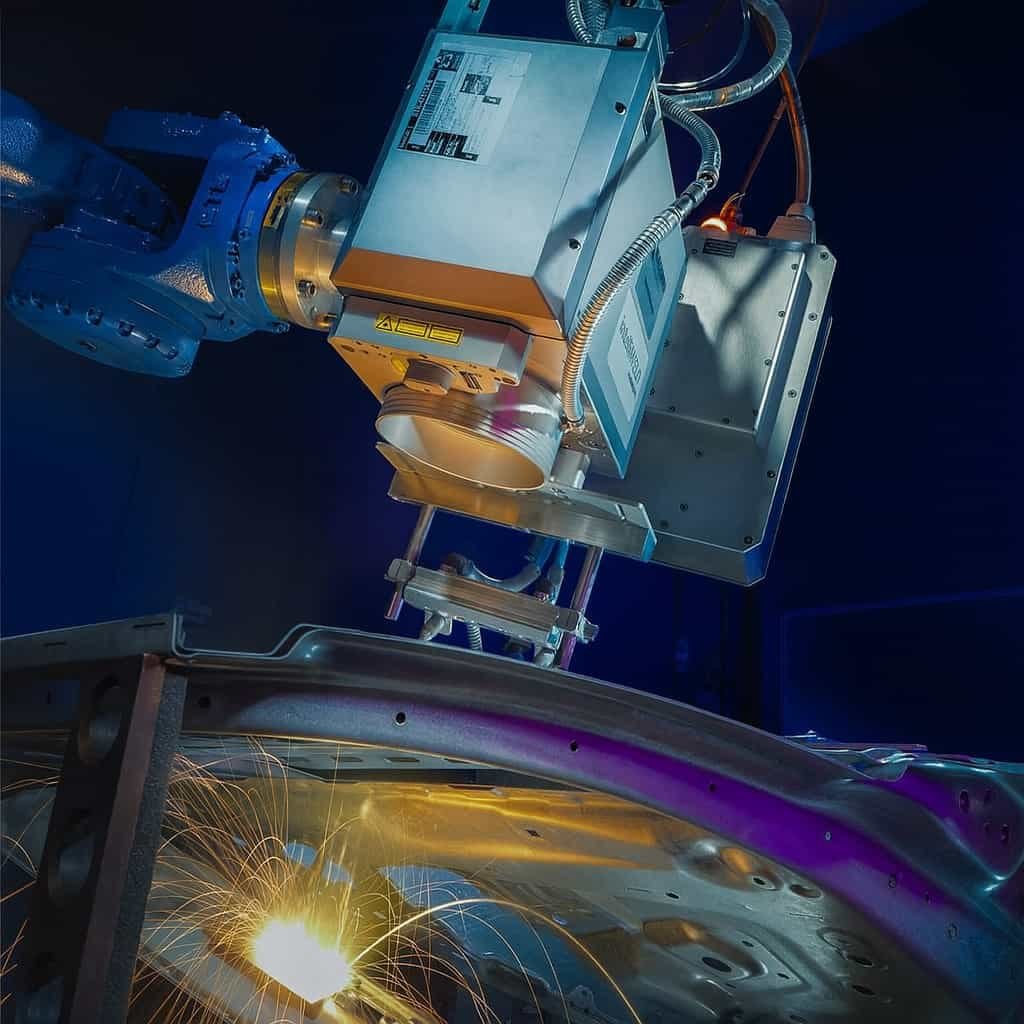
Laser welding uses a concentrated beam of light to join materials, offering precision and minimal heat distortion. Normal welding, such as MIG or TIG, utilizes an electric arc or gas flame, resulting in broader heat zones and potential for more material distortion.
Key Differences:
- Heat Source:
- Laser Welding: Focused laser beam.
- Normal Welding: Electric arc or gas flame.
- Precision:
- Laser Welding: High precision, suitable for intricate work.
- Normal Welding: Less precision, better for general use.
- Heat Affected Zone (HAZ):
- Laser Welding: Minimal HAZ, reducing material deformation.
- Normal Welding: Larger HAZ, higher risk of warping.
- Speed:
- Laser Welding: Faster, suitable for automated processes.
- Normal Welding: Generally slower, requires manual skill.
- Material Suitability:
- Laser Welding: Best for thin materials and delicate parts.
- Normal Welding: Effective for thicker, more robust materials.
Laser welding excels in precision applications, while normal welding is versatile for various industrial needs.
What are the disadvantages of Laser Welding?
Laser welding, despite its precision and efficiency, has several notable disadvantages. These include high initial costs, sensitivity to joint fit-up, and potential for thermal distortion in some materials.
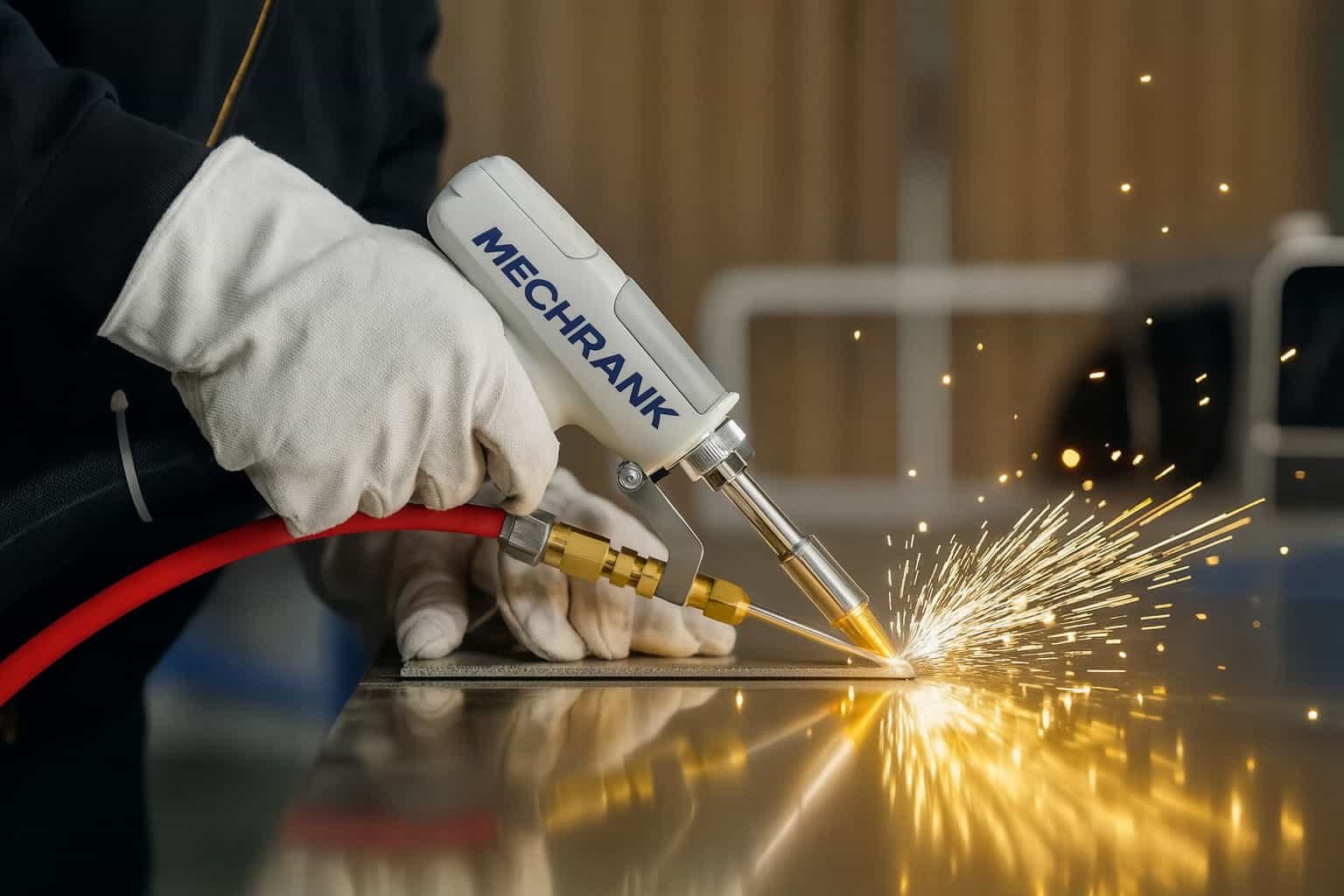
High Initial Costs
- Laser welding equipment is expensive, requiring a significant initial investment.
- Maintenance and operation costs can also be high due to the sophisticated technology involved.
Sensitivity to Joint Fit-Up
- Requires precise alignment of the materials being welded.
- Any misalignment can result in poor weld quality or failure.
Potential for Thermal Distortion
- High-intensity laser beams can cause thermal distortion in thin or heat-sensitive materials.
- May require additional cooling mechanisms or post-processing steps.
Material Limitations
- Not suitable for all materials, particularly those with high reflectivity, such as aluminum and copper.
- Requires specific laser types and settings to weld different materials, adding complexity to the process.
Laser welding is efficient for specific applications but comes with challenges that need careful consideration and planning.
What Materials Can a Laser Welding Machine Weld?
A laser welding machine can effectively weld a variety of materials including metals, plastics, and certain composites. It is particularly advantageous for welding high-strength and high-precision components.
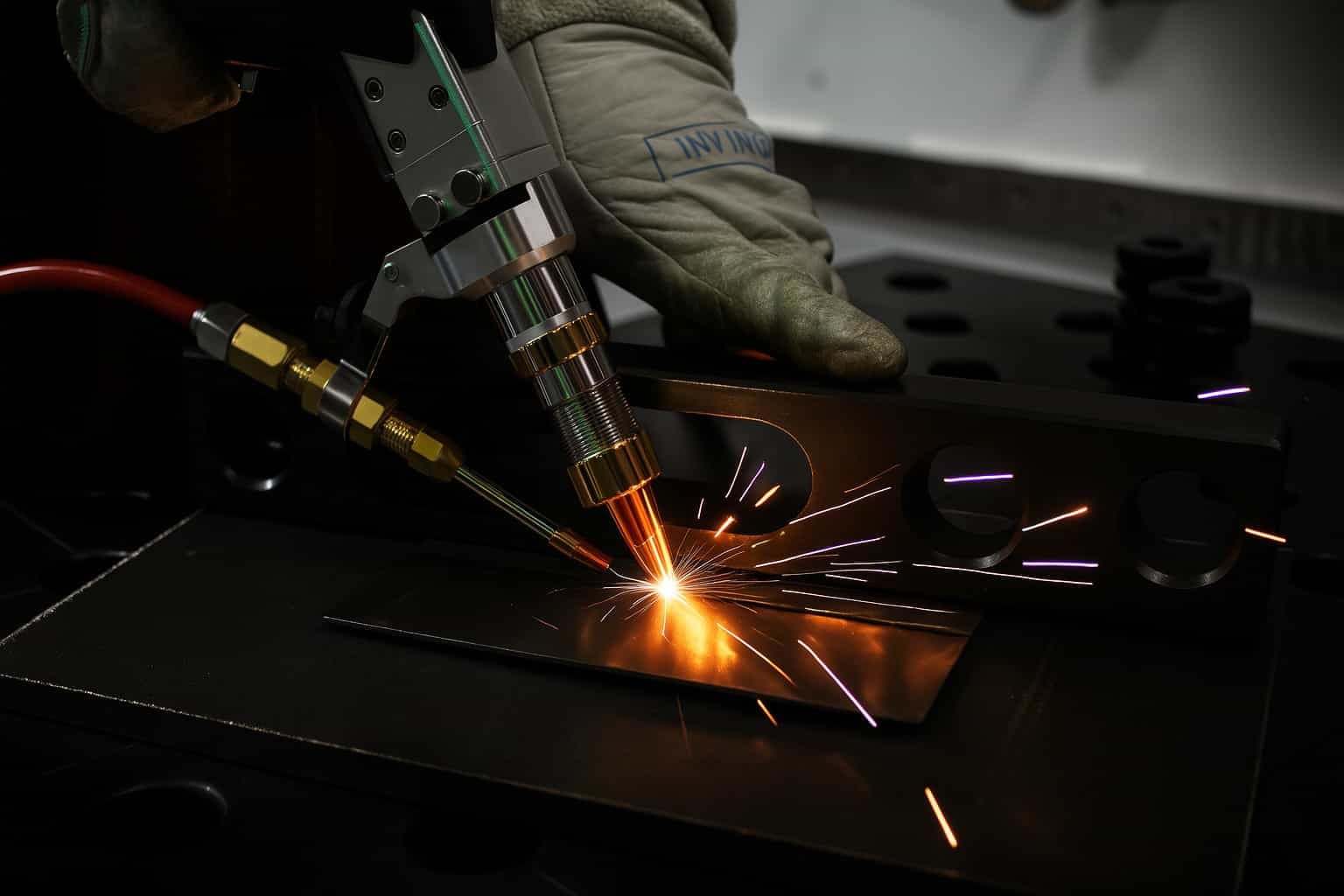
Key Materials for Laser Welding:
- Metals:
- Steel: Both stainless and carbon steel.
- Aluminum: Ideal for lightweight and corrosion-resistant applications.
- Titanium: Used in aerospace and medical devices.
- Nickel Alloys: Known for high-temperature resistance.
- Copper: Requires precise control due to its high thermal conductivity.
- Plastics:
- Thermoplastics: Such as polyethylene, polypropylene, and PVC.
- Engineering Plastics: Including ABS and polycarbonate.
- Composites:
- Fiber-Reinforced Polymers (FRP): Used in automotive and aerospace industries.
Advantages:
- Precision: Allows for high-accuracy welds.
- Speed: Faster welding compared to traditional methods.
- Minimal Heat Affected Zone (HAZ): Reduces thermal distortion.
Laser welding is a versatile and efficient method suitable for diverse applications in various industries.

